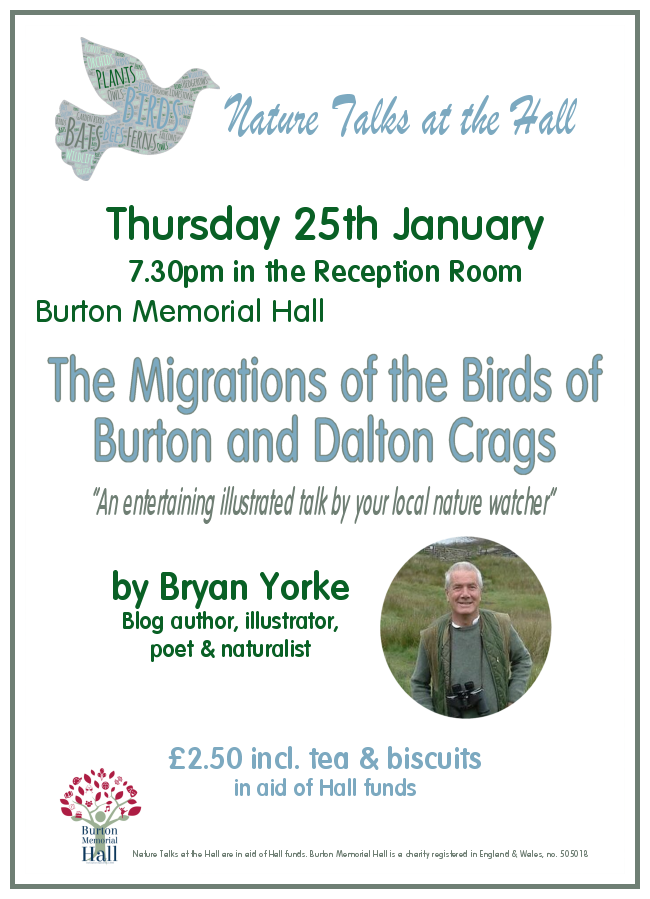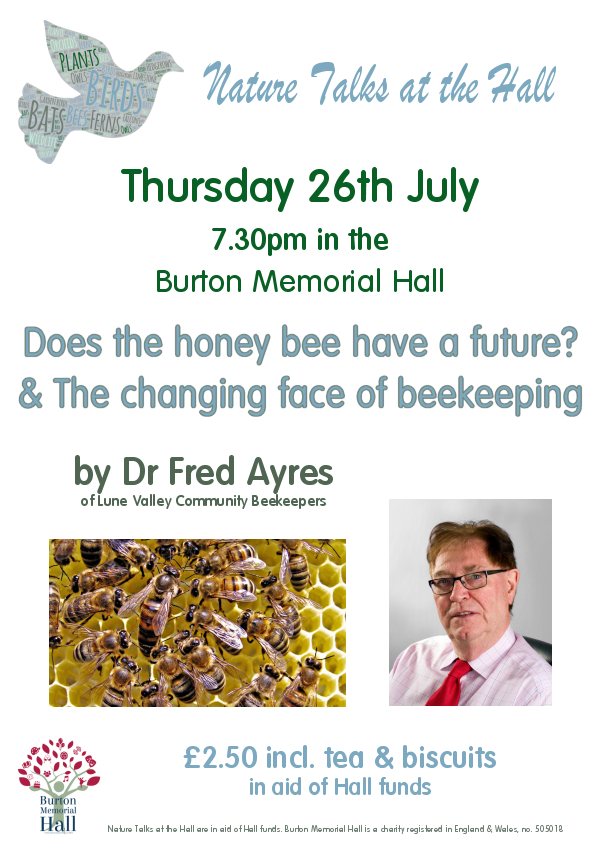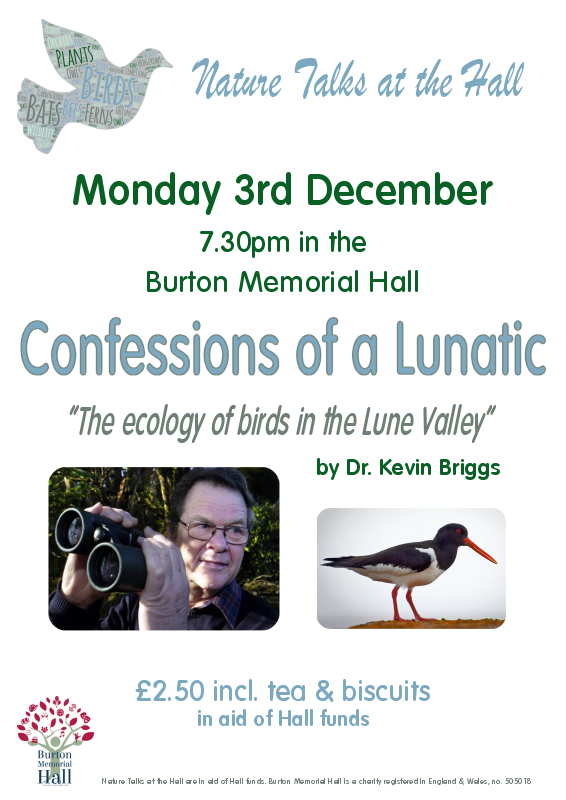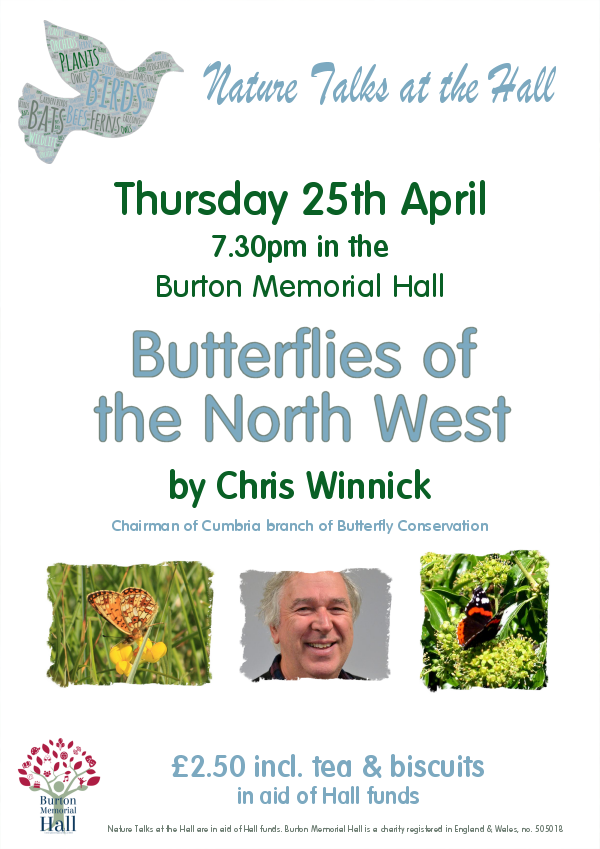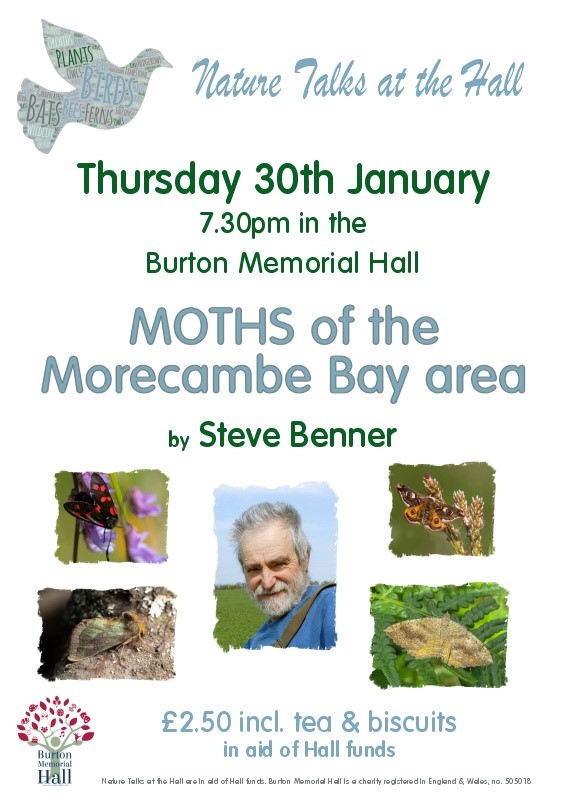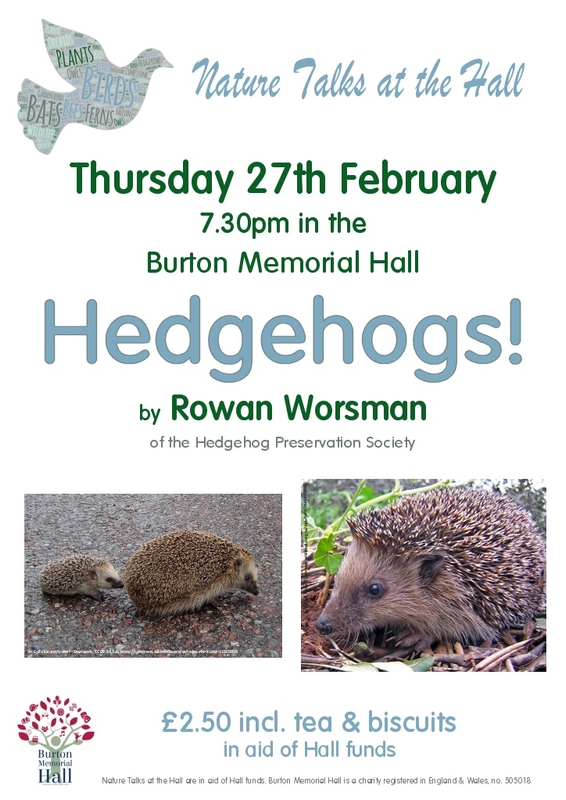Yesterday I checked out the pavements for even more Schmals and atroruben variations and was not disappointed, although its quickly becoming a realization that perhaps 80% of atrorubens have now gone over for yet another year. The window is very short and you need to cram as much as you can into the limited daylight hours you have available for this study. I am happy this year of what I have been able to record so far although disappointed that over 40% of all specimens have been predated by a mixture of predators which included the Roe Deer, Hares, Slugs, and this year for the first time Black Aphids.
The highlights for me so far have been the beautiful "Lemon Petalled and Light Buff coloured" varieties of which seem to have had plenty this year. Also to find new Schmals has also been good. Its now a question of collating all these photos and information and trying to understand it all. But just before I do finish with the atrorubens here is a photo of one yesterday of the light phase:
| Another very light specimen found yesterday on Hutton Roof. (Click over to enlarge) |
 |
| A photo of specimen 50 - Hutton Roof - July 2015 (photo: Richard Mielcarek) |
 |
| Specimen 50 on Hutton Roof - July 2015 (Photo: Richard Mielcarek) |
Usually when the atrorubens finish I can go straight on to the Helliborines looking in particular for nice "Purpurea" variants. But this year they are no where near ready yet, maybe a fortnight away. I was finding scores yesterday in the canopy edges but they all still had drooping heads. Also the plume content looks weak this year in most of our usual strong specimens, so I can't see it turning out to be the best year for Helliborines, but the coming weeks will tell. Here is a current photo of the helliborines.
| A pair of Broad Leaved Helliborine - Hutton Roof July 2015 |
And this is about the average "state of play" at the moment with the Helliborines, I would have thought perhaps another couple of weeks yet! Just look at the heavy grooving within the leaf of these specimens. This is typical of plants growing on the edge of canopy. Most of the specimens I am seeing this year are not showing much "build" in the buds, they seem weaker than normal years with little boldness within their plumes. Sometimes when they are like this I have seen the buds dry up and wither away. I do hope that's not the case here!
A few days ago whilst on one of the pavements on Hutton Roof, I stumbled upon a superb specimen of Atrorubens which stood out so special, and thankfully Alan Smith was there to photograph the specimen and has so kindly sent them through and here are the photos:
 |
| A beautiful Atrorubens - Hutton Roof July 2015 (Photo: Alan Smith) |
| Hutton Roof July 2015 (Photo: Alan Smith) |
| A White Self Heal on Hutton Roof - July 2015 |
And here below are the Swift Observation Notes: |
| Swift Observations 30th July 2015 - Main Street, Burton In Kendal (Click over sketch to enlarge) |
Thursday 31st July 2015 - Swift Observations down Main Street, Burton In Kendal 2000hrs to 2045hrs.
Right from the start very little was seen in the skies with just a pair flying above the Memorial Hall but as we checked out further sites the Swift numbers gradually built to a maximum of seven birds.
Tonight I was joined by David Craig, and we checked out most of the regular nest sites, but there did not seem to be any low down activity noticed, all the birds we saw where catching insects well up in the sky.
Just to save the day on our way back home, noticed a single bird leaving its nest on the Gable cottage on the Post Office row. Ironically this site was also one of the last sites occupied last year as well.
There seemed a sort of "quiet" as though it was saying that most of the birds may have already departed back to Africa. After all it usually is between now and anytime up to the 10th August that they will depart. Just checking our notes and the majority left last year on or about the same time the 30th and 31st July.
I think next week may well be our last "observation" night, we'll see what this week brings.
If you want to check out the Burton Swift Bird Study Group please click on this link to check out their dedicated Swift Blog.


.jpg)
.jpg)




.jpg)




+(Small).jpg)
.JPG)


